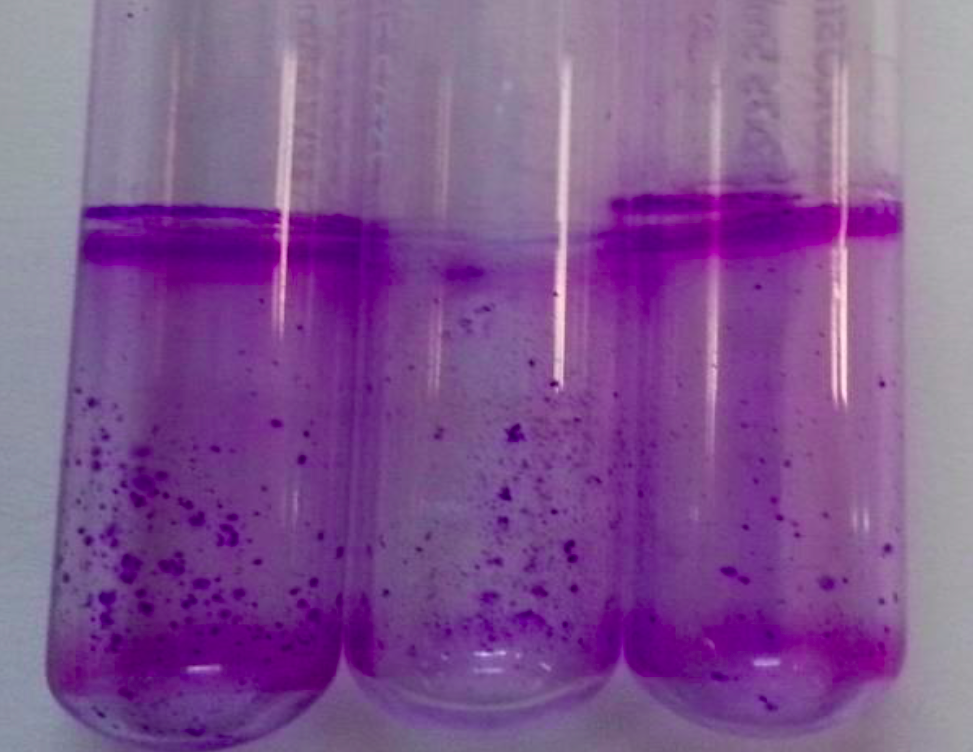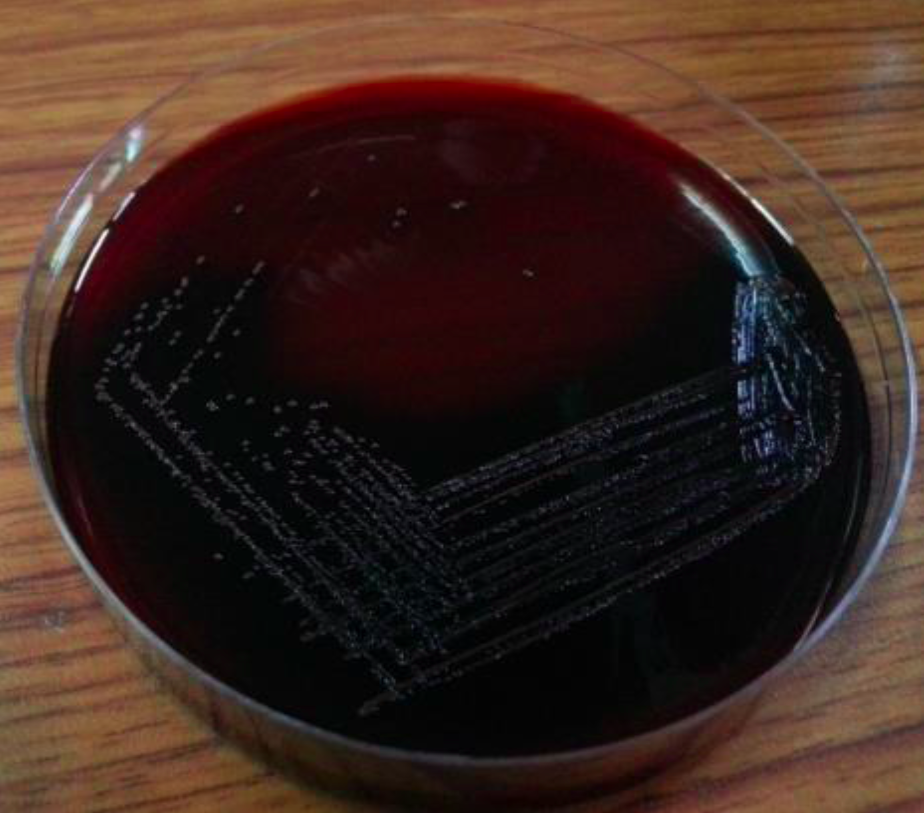Detection of Biofilm Production and its association with Multidrug Resistance Pattern of the isolates from the clinical samples
This research was conducted at the International Friendship Children Hospital (IFCH), Kathmandu, Nepal under the supervision of Dr. Shovana Karki for a period of four months. This research aimed to determine the association between biofilm-forming bacteria with multidrug resistance patterns so that mitigating strategies could be generated to decrease the health burden.
Biofilm refers to a microbially-derived sessile community, consisting of cells that are attached to a substratum, interface, or to each other, embedded in an Extracellular Polymeric Substance (EPS) matrix. It serves as a means of self-defense, resisting physical forces, phagocytosis, and hindering the penetration of antibiotics. It is associated with several human infections and today‘s challenge to many antimicrobials.
This prospective cross-sectional study was conducted in International Friendship Children Hospital, Maharajgunj, Kathmandu over a 3-months period to detect biofilm formation and its association with multidrug resistance (MDR). Staphylococcus aureus was the most commonly isolated organism followed by Escherichia coli. More than half isolates showed an MDR pattern where Methicillin Resistant Staphylococcus aureus (MRSA) was detected commonly followed by Extended Spectrum β- lactamase (ESBL). Within MRSA, a high rate of inducible clindamycin resistance (D - Test) was identified.

Moreover, it was found that the Tube adherent (TA) method was able to give more significant results than the Congo Red Agar (CRA) method. S. aureus and E. coli were found to be the most frequent biofilm producers. Antimicrobial resistance was found more highly in biofilm-producing isolates than biofilm non-producing isolates. Among the biofilm-producing isolates, Amoxicillin was the most resistant one followed by Cotrimoxazole whereas Gentamycin was the most effective one followed by Chloramphenicol.
More than half of MDR isolates were biofilm producers and the statistical tool Chi-square showed an association between biofilm production and multidrug resistance. Hence, It is very essential to initiate the reconnaissance of the antimicrobial susceptibility of biofilm-associated organisms so that it will create an empirical antimicrobial therapy for drug-resistant infections.
